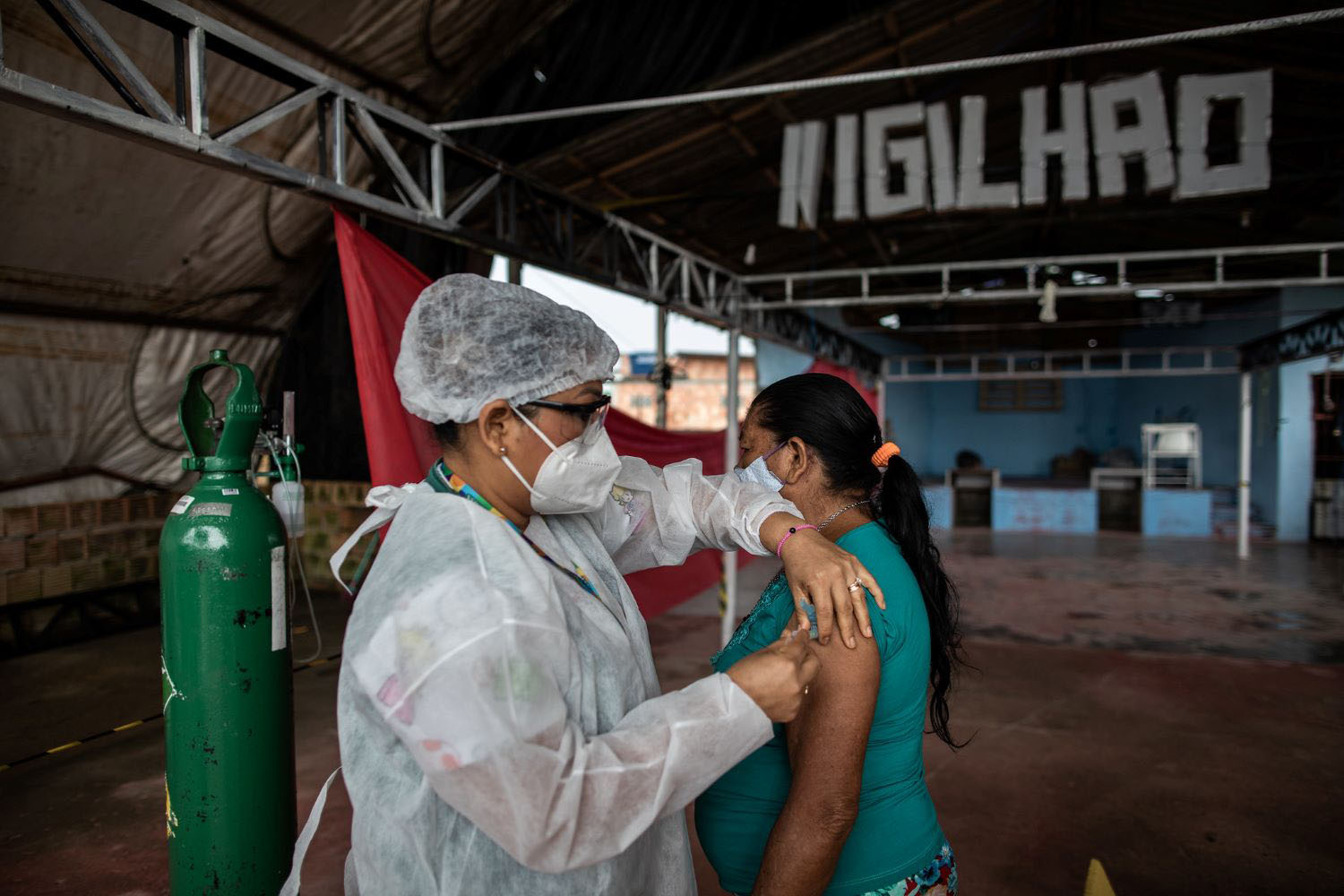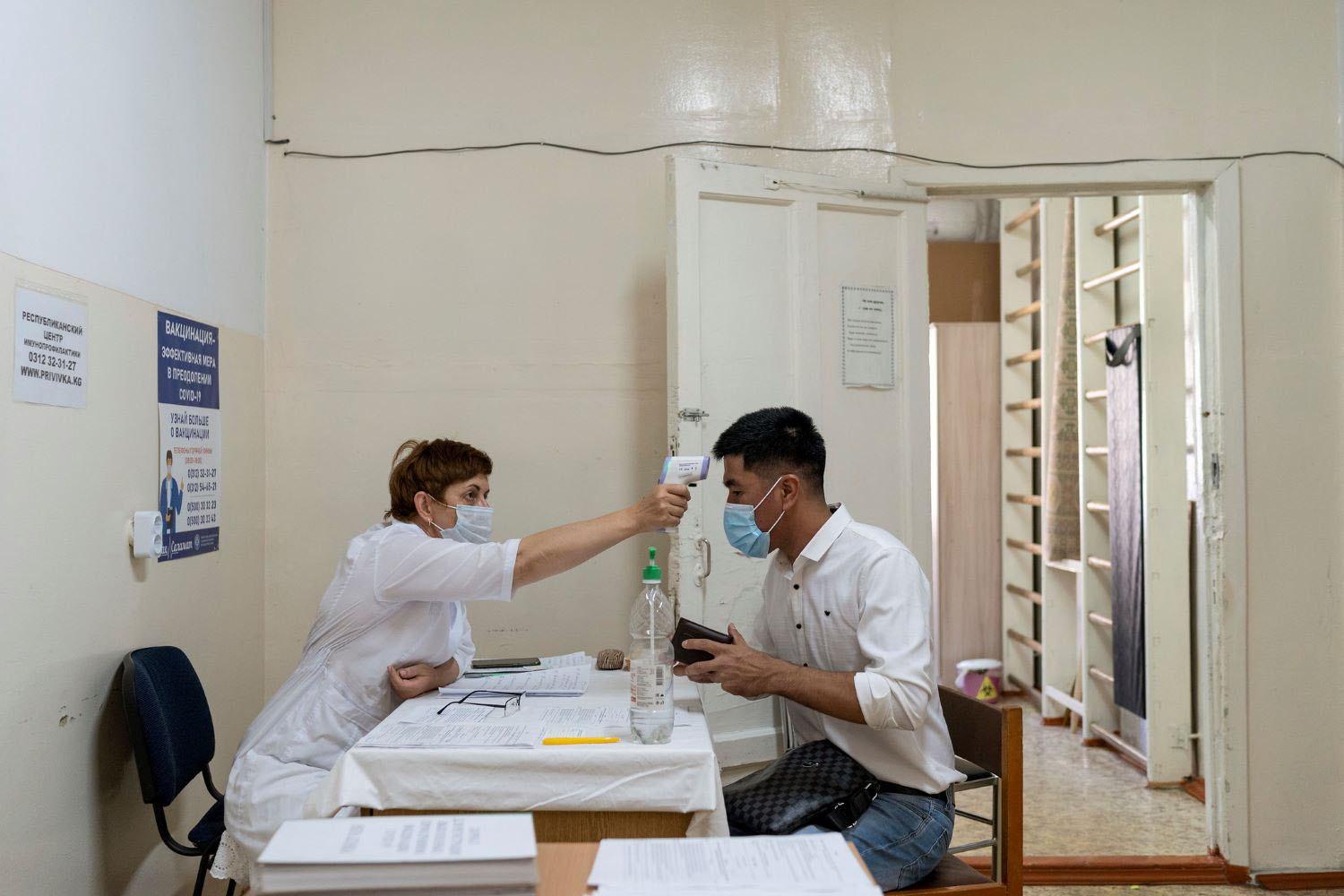By
February 08, 2010
In announcing a $10 billion, decade-long commitment for vaccine development and immunization in poor countries, Bill Gates made no claims that the vaccine financing challenges are solved. Quite the contrary. He and many others have highlighted the need for other donors, industry and developing country governments to up their own ante to immunization. As Orin Levine, head of the International Vaccine Access Center at Johns Hopkins, said in the Seattle Times, "The Gates Foundation cannot achieve the full promise of vaccines on its own. Manufacturers must increase their investments in vaccine research and development, donor countries must mobilize to help fund new vaccines, and developing countries must make the investments and take the steps necessary for delivering life-saving vaccines to their children."Success does depend on “crowding in” other funders’ investments, but under some scenarios the $10 billion could actually “crowd out.” Bilateral donor agencies, who themselves are fighting a tough budget climate, might breathe a sigh of relief thinking that they can hold at historical spending levels or even pull back from GAVI, and Daddy Healthbucks will save the day. Governments in GAVI-eligible countries, which under current rules now provide a co-pay for every dose of vaccine, might drag their heels a bit on moving toward greater levels of financial self-sufficiency. “Why are we chipping in 10 cents for every jab,” a Minister might ask, “when Bill Gates can afford $10 billion?” Even industry might think that they can cut a more favorable deal on both prices and support for R&D through product development partnerships.But I expect that the Gates Foundation will use the resources in ways specifically designed to leverage others’ investments, and to lower the costs of getting vaccines to market and then to kids and teens. Accomplishing this will require a combination of incentives and institutional improvements to make all the dollars for vaccines and immunization work as hard as possible. What follows is pure speculation, but maybe they will:
- Put up all new contributions to GAVI in the form of a match: For every dollar GAVI raises from other sources, Gates could match it 1:1. (Interesting research shows that matching strategies are effective, but there’s no benefit from higher matching levels.) If particular types of contributions – say, support from private individuals – merit greater emphasis by GAVI’s resource mobilization team, the match could be higher as a special motivator to the organization.
- Invest in strengthening and streamlining the regulatory infrastructure, both globally and – very importantly – within the countries that are home to emerging manufacturers (Indonesia, India, Brazil). Ditto for clinical trials capacity and platforms that can be used for the development of multiple vaccines as time goes by. Bringing down the costs of developing these products, which is not as significant an issue in the price-insensitive markets, is high priority.
- Create the Maurice Hilleman Global Vaccine Prize, named after the remarkable microbiologist who developed more than three dozen vaccines. The prize could recognize achievements of scientists who have made major contributions to the development of vaccines that specifically benefit low-income countries.
- Explore whether and how strategic investments or incentives can hasten the development of joint ventures and other collaborations between multinational research-based firms and capable emerging manufacturers. Over the long term, moving to a high-scale/low-cost model of production is the route to vaccine affordability, regardless of whether the payers are national governments or donors.
- Recognizing that the health of the vaccine market globally is essential to the continued and diversified supply of vaccines for the poorest, make a one-time contribution to the Pan American Health Organization’s Revolving Fund to manage the introduction of higher-priced vaccines to the middle-income countries of the region.
- Create a 10-year Global Health Policy Fellows program, modeled on the Robert Wood Johnson Foundation Health Policy Fellows, to place mid-career global health professionals within Congressional and Executive branch offices. No amount of advocacy from the outside for health aid can replace dedicated, value-adding expertise on the inside. And the eventual network of Policy Fellows would be the next generation of policy movers and shakers.
- Endow immunization advocacy organizations in key countries, like Nigeria, where voices outside of the government are essential to keep the pressure on for immunization performance, and to counter the proliferation of negative messages about vaccines. An endowment rather than a grant is particularly important, so that the organizations can credibly say they are independent of a particular outside agenda.
- Work with the leadership at the World Health Organization and UNICEF to reinforce capacity for processes like developing evidence-based recommendations about vaccination schedules, prequalifying vaccines, issuing tenders, forecasting demand and more. Look at all the bottlenecks and focus resources on eliminating them.
- Create an innovation prize not for a vaccine but for a technology that will make many vaccines more usable in developing country contexts, such as for needle-free administration.
Disclaimer
CGD blog posts reflect the views of the authors, drawing on prior research and experience in their areas of expertise. CGD is a nonpartisan, independent organization and does not take institutional positions.





